Remarkable story of first HSV and why it matters to Rachelle Childs murder mystery
The first muscle car designed by Holden Special Vehicles has a remarkable origin story but it could also be the key to solving Australia’s biggest cold case mystery.

Motoring News
Don't miss out on the headlines from Motoring News. Followed categories will be added to My News.
The rare “Walkinshaw” Commodore that could hold the key to the tragic murder of Rachelle Childs is instantly recognisable to Australian muscle car fans as the first in a long line of “HSV” Commodores.
Some investigators examining the death of Rachelle Childs believe she may have been lured to her death by the promise of driving an exclusive Holden Commodore.
Rachelle’s burning body was found in scrub by the side of the road near Gerroa on NSW’s south coast in June 2001.
Despite extensive investigations by police, Rachelle’s murder remains one of Australia’s biggest mysteries - we don’t how she got there, who she was with, or why she was killed for no good reason.
What we do know is Rachelle’s own 1978 Holden Commodore was found secure in the carpark of Bargo Hotel the day after her body was discovered.
In her final days, Rachelle told friends and family she would have the use of a Holden Special Vehicles VL SS Group A, popularly known as a “Walkinshaw”, for the upcoming long weekend.
The car had immense appeal to Rachelle, a proud Holden enthusiast., which has led some investigators to theorise the promise of access to a rare Walkinshaw was how the killer lured the 23-year-old to her demise.
But why do Holden Special Vehicles VL SS Group A ‘Walkinshaws’ matter?
The Walkinshaw story starts back in 1987, Peter Brock was the undisputed “King of the Mountain” following dominant victories with Holden in the Bathurst 1000 race at Mount Panorama.
Listen now: The latest episodes of “Dear Rachelle” at True Crime Australia
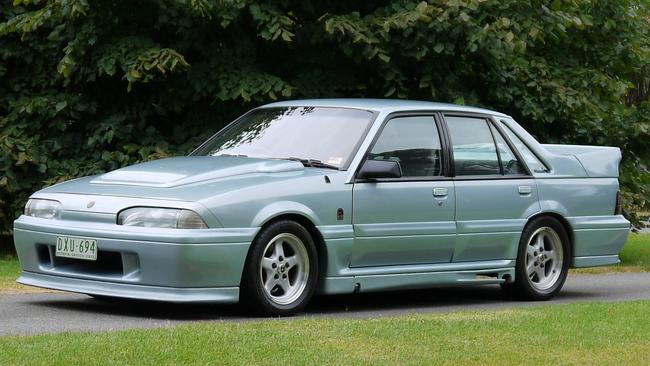
MORE: Was Rachelle Childs lured to her death by a rare Holden?
Brock cashed in on his fame with rare and expensive “Holden Dealer Team” road cars built with Holden’s blessing until he put a mysterious box into his cars.
Known as the “Peter Brock Energy Polarizer”, the device was said to reduce vibration by aligning molecules in a car’s structure.
Brock defended it at time at the time, saying that “there’s never been any truly avant-garde invention that hasn’t received derision”.
“I know I’m on the right track and I know I have something that works very well.”

Holden banned Brock from fitting the devices to its cars, but he insisted on doing so.
When Brock and Holden divorced on February 20, 1987, it was front page news.
Holden said “the company was given no choice but to dissociate itself from future HDT products”, and it set about creating a new line of rapid road cars.
Motorsport rules required car makers to build at least 500 examples of any vehicle entered in events such as the Bathurst 1000.
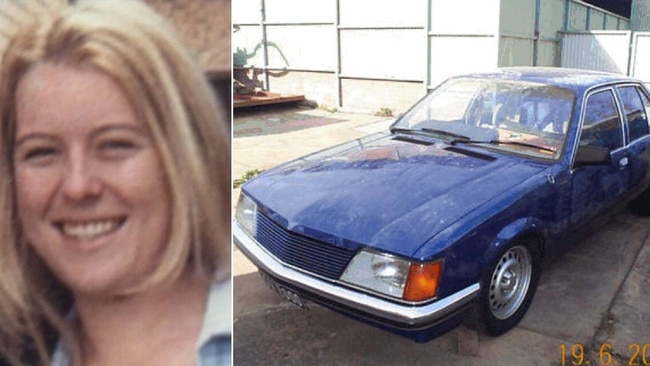
Holden asked its top racers to dream up their visions for the ultimate Holden.
Scotland’s Tom Walkinshaw believed V8 power alone was not going to be enough for Holden’s VL Commodore to compete with the likes of Ford, BMW and Nissan at Bathurst and beyond.
He turned to aerodynamics to give the car an advantage, contracting McLaren F1 designer Peter Stevens to craft elaborate fibreglass bodywork intended to reduce drag.
The result was unlike anything Australians had seen before.
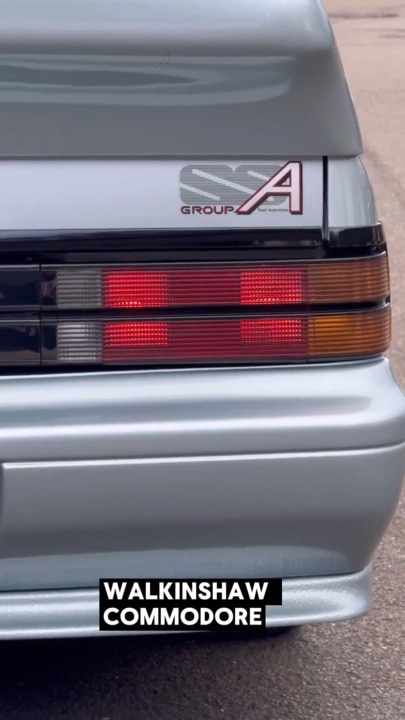
Unaffectionately known as the “plastic pig”, the car officially known as the HSV VL SS Group A was born. Only available with blue-tinted “panorama silver” paint, the car known to fans as the “Walkinshaw” or “Walky” was one of the most recognisable cars on the road.
It was the ultimate Commodore.
Powered by an upgraded 4.9-litre V8 engine with twin throttle bodies, the car sent 178kW of power to the road through special Bridgestone RE-71 tyres.
It starred at the 1987 Sydney Motor Show and wore a $45,000 price tag.
MORE: What is a Walkinshaw Commodore?

Holden’s first “Special Vehicle” earned iconic status with victory in the 1990 Bathurst 1000, defeating all rivals including the Ford former partner Peter Brock.
Peter McKay wrote in the Herald Sun that the victory came “against the odds”.
“It was a day of delirium at the mountain,” he said.
“There are no fans like Holden fans, and it’s been a long time since they had something to get excited about.”

Muscle Car Stables founder Chester Fernando says the Walkinshaw remains one of Australia’s most iconic Holdens.
“It looked like HSV were trying to go to the moon,” he said.
“But once you realise that every single piece of fibreglass on the car is there for a particular reason, everything is functional, you start to understand and respect the car just that little bit more.
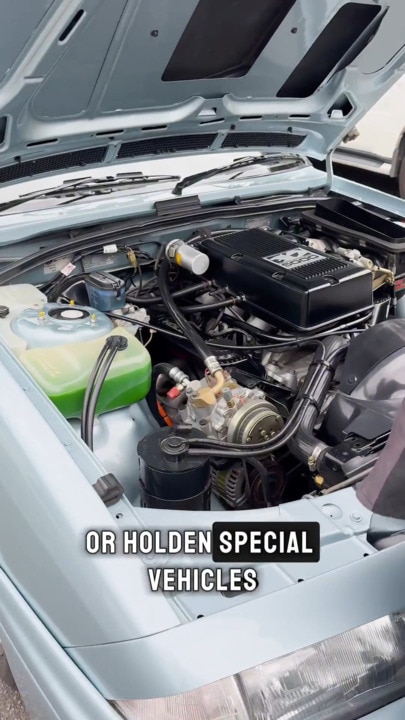
“For the first 14 or 15 years the values just dropped away. I’ve heard of cars changing hands back in the early 2000s for as little as $15,000 or $16,000.
“And then at the time Peter Brock passed away, the Commodore started punching up in price all of a sudden – $60,000, $70,000, $100,000 was being paid for low kilometre examples.
“And since then they’ve just kept climbing.”
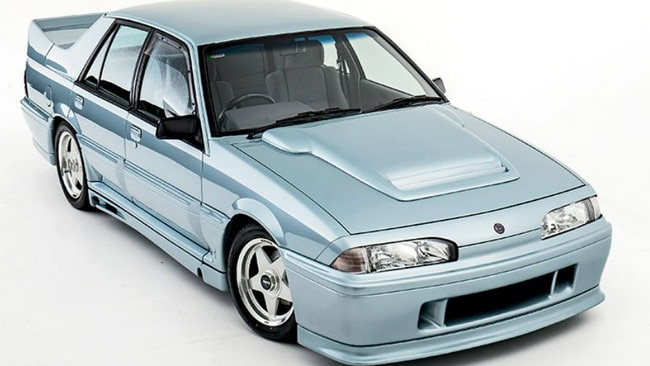
Mr Fernando owns the first of 750 built and plans to sell this car this year for a price yet to be determined.
Public auction results for the “Walky” include $221,000 with Collecting Cars in 2023, and $340,000 with Burns and Co. in 2018.
Other owners have asked for up to $1 million.
Originally published as Remarkable story of first HSV and why it matters to Rachelle Childs murder mystery



